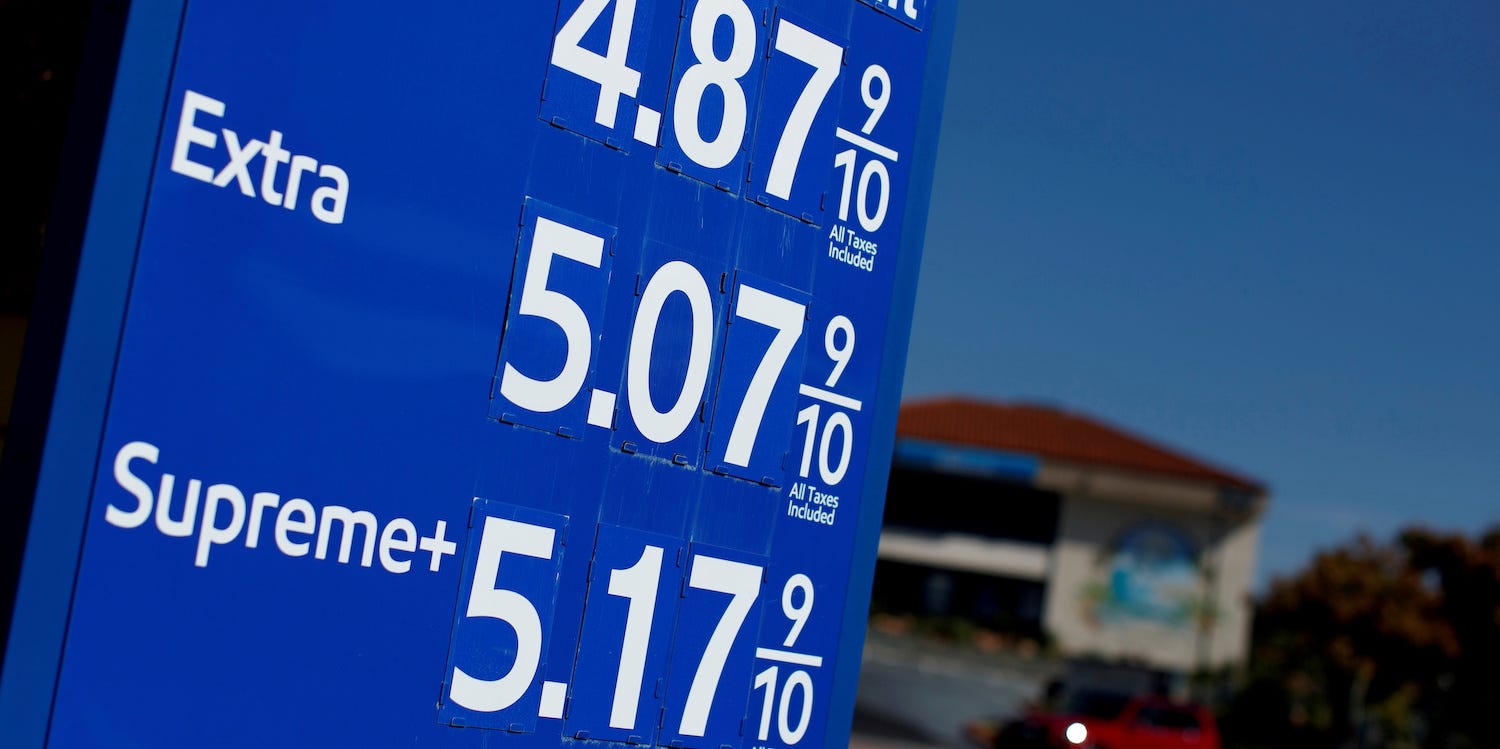
- Inflation is higher than it's been in 30 years, but corporate profits are soaring the most since 1950.
- Companies aren't just raising prices enough to cover costs, they're padding their margins on top.
- The ability to charge more is making some employers more comfortable with paying higher wages.
For the last several months, corporate executives have been loudly lamenting the rising cost of doing business due to supply-chain disruptions and labor shortages.
Indeed, inflation at levels not seen since the early 1990's has shown itself to be both larger and more persistent than almost anyone is comfortable with.
Roughly four out of five companies surveyed by the Richmond Federal Reserve reported hiking up prices for consumers to cover "at least some" of the input costs they were experiencing.
But those same execs have been a bit more discreet — apart from their quarterly earnings calls — about celebrating the record profit margins they've been able to achieve by not only passing costs on to customers, but by charging even more.
More than half of the companies surveyed by the small business services reviews website Digital.com reported raising prices beyond what was required to offset rising input costs.
"In other words, businesses are inflating already inflated prices in order to turn a bigger profit amid people's fears over uncertain times," the sites small business expert, Dennis Consorte, said in a statement.
Additionally, large firms were more likely to engage in this practice than small businesses, the survey found.
In fact, the latest data from the US Commerce Department shows that the last time corporate profit margins were so large was December 1950.
Even as ports battle bottlenecks, oil prices subside, and workers fill jobs — easing pressure on corporate margins — elevated prices have drawn accusations of gouging from President Joe Biden.
"Gas supply companies are paying less and making a lot more, and they do not seem to be passing that on to the consumers at the pump," Biden said last week. "Instead, companies are pocketing the difference as profit. That's unacceptable."
The upshot for workers of some of these price increases is that higher sales makes employers more willing to raise wages and compensation. And wages in some sectors have managed to stay ahead of inflation, marking a real increase in individuals' purchasing power.
"Businesses in the aggregate can safely say that when they spend more money on workers, that's going to be a situation where there is more revenue coming back to them," Robert C. King, an economic forecaster, told Bloomberg.
Still, gains in US corporate profits over the past year (37%) has vastly outstripped both inflation (6.2%) and compensation increases (12%), leading Morgan Stanley to recommend a return to a more equitable arrangement.
Even at their peak in the 1990's, corporate profit margins were roughly half of what they are today. Companies have been able to grow those margins to what they are today in part by paying workers a smaller share of what they produce.
The Morgan Stanley researchers write that the widening gap between company profits and worker compensation since the 1990's is unprecedented and poses a threat to the health of the economy.
Reducing that gap, they write, could be the key to unwinding the current inflationary cycle.
